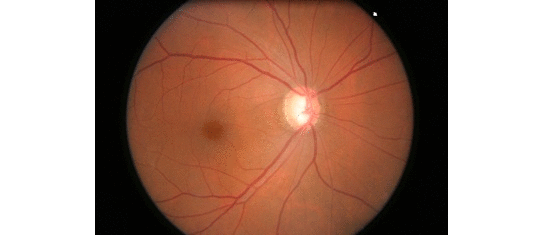Jun Cheng, Fengshou Yin, Damon Wing Kee Wong, Dacheng Tao, and Jiang Liu, Institute for Infocomm Research, Agency of Science, Technology and Research, Singapore & University of Technology, Sydney, Volume 62, Issue 5, Page: 1395-1403

Glaucoma is an irreversible chronic eye disease that leads to vision loss. As it can be slowed down through treatment, detecting the disease in time is important. However, many patients are unaware of the disease because it progresses slowly without easily noticeable symptoms. Currently, there is no effective method for low cost population-based glaucoma detection or screening. We developed a linear coding based method to automatically compute an important glaucoma risk factor, i.e., cup to disc ratio (CDR), from color fundus image for glaucoma screening. The basic idea is that similar optic discs should have similar CDRs and we shall be able to predict the CDR of a disc based on its similarity to a few reference discs with known CDRs. To achieve this, we first segment the optic disc using a self-assessed method which combines three individual disc segmentation approaches. Then, we reconstruct a new disc based on a set of reference discs with known CDRs using a novel sparse dissimilarity-constrained coding (SDC) approach, which considers both the dissimilarity constraint and the sparsity constraint. Finally, the reconstruction coefficients from the SDC are used to compute the CDR. The proposed method has been tested for CDR assessment in a database of 650 images with CDRs manually measured by trained professionals. Our results show a CDR error smaller than state-of-the-art methods as well as the inter-observer error. In the glaucoma screening tests, the method also achieves higher areas under the receiver operating characteristic curve than other methods. The method has a great potential to be used for large-scale population based glaucoma screening. Find more information about our research on http://imed.i2r.a-star.edu.sg

